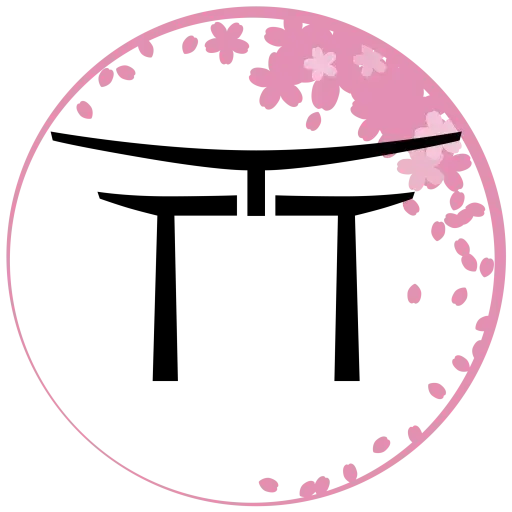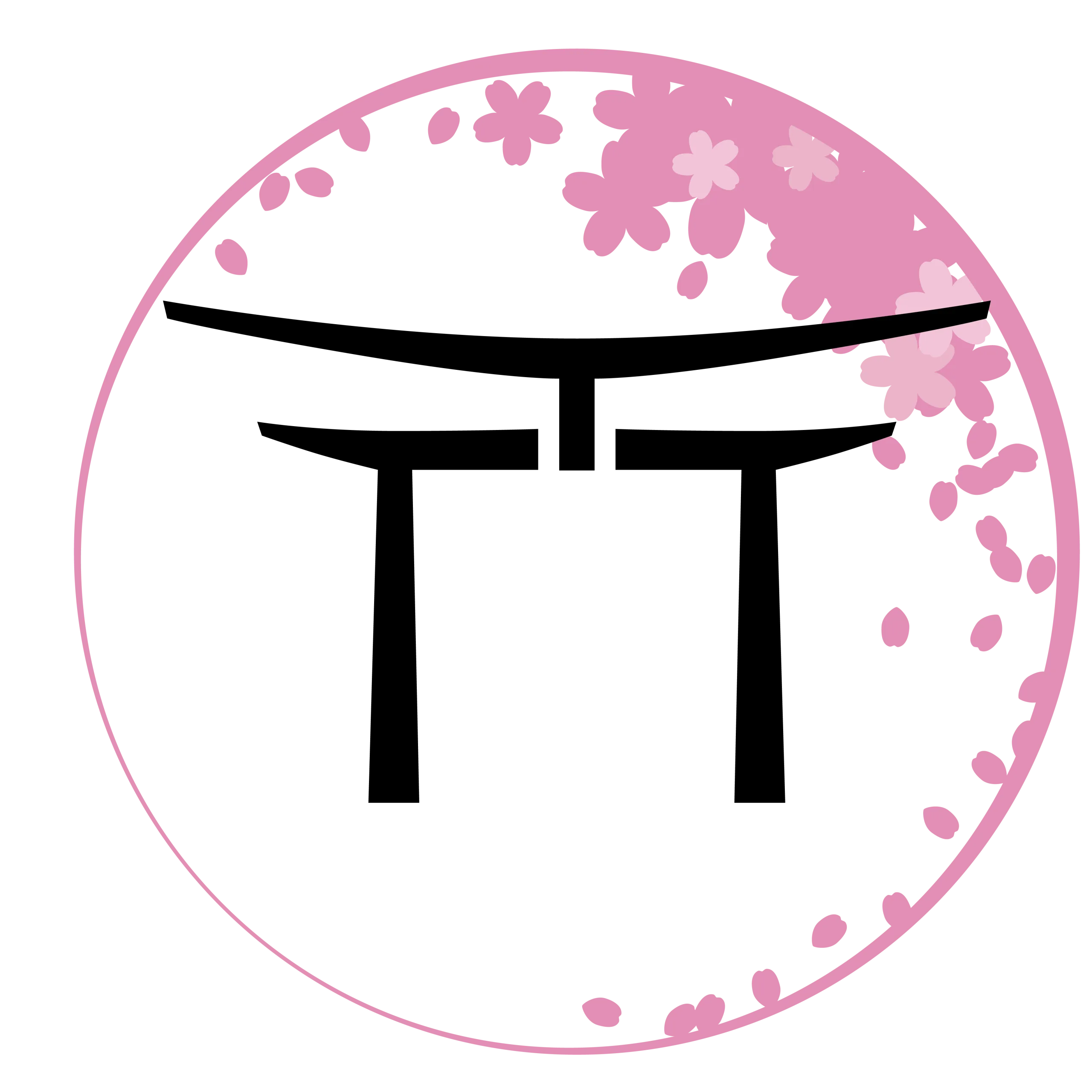Hospital Bag in Japan Checklist: What to Pack
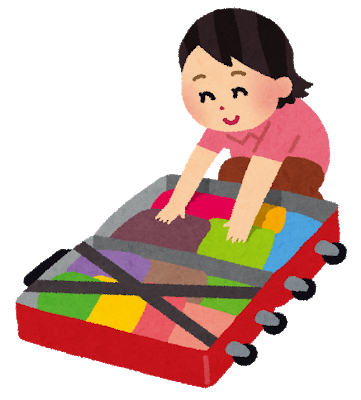
Last Updated on August 16, 2024 by Kay
This post may contain affiliate links, meaning I may earn a small commission on any purchases through those links at zero additional cost to you. Whatever I make goes to keeping this website running and I am forever grateful for the support. See my Privacy Policy for more information.
Wondering what you need for your hospital stay when you give birth in Japan?
Unlike in North America, new moms in Japan spend a much longer time in the hospital in order to recover and learn about how to take care of their newborn. This length of stay is usually around five days for a natural (vaginal) birth but could be longer depending on the circumstance.
(I stayed in the hospital for 10 days due to a problem with my platelets and then having to get an emergency C-section.)
Provided this, there’s a lot you need to think about when it comes to what to put in your hospital bag.
One nice thing is that hospitals and maternity clinics in Japan will provide you with some essential items. These items vary depending on the hospital/clinic you’re going to but you should be given a list of what to bring and what will be provided before you give birth. I was given this list when I went to a childbirth preparation class at my clinic that is given to parents from the 28th week of pregnancy onwards.
You never know when you might end up giving birth (some women in my July Bumper group gave birth in June and one in May!) so it’s best to have your hospital bag packed by the middle of your third trimester.
Table of Contents
What May Be Provided by a Hospital/Clinic in Japan
Here is the list of what was going to be provided by the clinic where I was supposed to give birth:
- a robe
- postpartum pads
- two pairs of postpartum underwear
- diapers
- wipes
There may have been more items but as I didn’t end up giving birth there, I unfortunately don’t know.
Below is what I was given at the hospital where I ended up giving birth:
- towels
- postpartum nightgowns (one of which I had to wear to the surgery)
- two packages of postpartum pads
- two packages of nursing pads
- postpartum underwear
- shampoo, conditioner, body soap, and a loofah
- two huge packs of newborn diapers (Pampers and GOO.N – I didn’t even use GOO.N at the hospital and brought it home to use)
- Pampers baby wipes
- a book that contained a footprint/handprint kit as well as a recorder to capture the baby’s first cry (I wasn’t able to use it, unfortunately)
Some clinics will let you select a gift from a variety of useful items. For instance, my friend chose a nursing pillow as her gift from the clinic when she was going to give birth.
What to Pack in Your Hospital Bag When Giving Birth in Japan
Below are things that I was asked to bring as well as items that I recommend packing in your hospital bag:
Absolutely Essential Items
(That You Probably Shouldn’t Pack in Advance… So Don’t Forget These!)
□ 母子健康手帳 (boshi kenkou techou or Mother and Child Health Handbook)
□ Your wallet containing your:
- Health insurance card (健康保険証)
- ID (在留カード)
- Cash (make sure to have coins so you can buy things from the vending machine and, if required, big bills to pay for your stay if your hospital/clinic does not take credit cards)
□ Hanko
□ Any additional paperwork your clinic/hospital asked you to bring
Tech/Entertainment
□ Smartphone charger
□ Tablet and/or laptop
□ Noise-canceling headphones/earphones
□ Earplugs
I can’t stress this enough, especially if you’re going to be sharing a room with someone!
□ Extension cord
□ Camera
□ Notebook and pen
□ Books
I brought The Happiest Baby on the Block and it made for a great conversation piece with the midwives!
Postpartum Care
□ Postpartum pads (産褥パッド・sanjyoku paddo)
The ones provided by my hospital were not enough, and although my husband was able to grab some for me from the store at the hospital, I wish I had brought more myself.
Once you’re home, you can also try these herbal-infused ones from iHerb, which according to reviewers are very soothing if you freeze them before use.
□ Postpartum underwear (産褥ショーツ・sanjyoku shotsu)
These are essential as they open at the bottom to allow you and/or the nurses to easily change your postpartum pads.
□ Abdominal/postpartum belt (骨盤・kotsuban beruto)
I was asked to bring this by the clinic I was initially supposed to give birth but as I had a C-section, I never ended up using it. Some, like Pigeon, come in a set with shapewear but I found the shorts rode up too much, were too hot for summer, and the product overall didn’t help much with my recovery.
(I got relatively back into shape and lost almost all of my baby weight within four months, but also keep in mind that I had a C-section so I didn’t wear the belt, only the shapewear 6 weeks postpartum, and after asking my doctor if it was okay.)
□ C-section care belt (帝王切開 腹部保護帯・teiou sekkai fukubuhogotai)
If you’re having a C-section, it’s likely that the hospital will provide this for you. However, it gets dirty quickly so I would recommend having another one or two on hand as well.
□ Pain-relieving (perineal) spray
As I had a C-section, I did not need this but if you have a vaginal birth, I’ve heard this is really helpful to have to help numb the pain. I’ve heard good things about this perineal balm as well. Japan has washlets so this is probably not needed but just in case, a postpartum angled peri bottle is also a good thing to have when you have to go pee (according to my July 2019 bumper group).
A mom friend of mine also made padsicles at home — you can find out all about padsicles and how to make them here.
□ Donut cushion
I was planning on getting this if I had a natural birth as it apparently helps ease the pain when you sit down postpartum.
Breastfeeding
□ Nursing pillow
The clinic/hospital may provide this but I preferred using my own.
□ Breast pump (さく乳器・saku nyuuki)
This is another thing that the clinic/hospital will likely provide but if you’re planning on pumping, it’s best to bring your own so the nurses/midwives can teach you how to use it.
□ Nursing pads (母乳パッド・bonyuu paddo)
□ Nipple cream (乳頭保護クリーム・nyuutou hogo kuriimu)
□ Nursing bras (授乳ブラ・jyunyuu bura)
Clothing
□ Pajamas/Nightgowns with buttons at the front (前開きパジャマ・maeaki pajyama)
I was asked to bring pajamas that button up at the front, like these, as it’s easier for breastfeeding and for the nurses/midwives to do checkups related to your supply. The hospital also provided me with two nightgowns which I wore after I gave birth.
These nightgowns made it easy for the midwives to change my postpartum pad, etc., and for me to go to the washroom as I didn’t have to remove any pajama pants. However, I did wish I had more than two because, like everything else I wore, both got yucky pretty fast.
□ Cardigan
□ Socks
□ Slippers
□ Going home clothes
Personal Care Items
□ Bath towels, face towels, hand towels, etc.
My hospital didn’t provide more than two bath towels and with postpartum bleeding, the towels got pretty gross after each shower… I shudder at the memory…
□ Skincare
Body lotion, chapstick/lip balm, toner, eye cream, masks, hand cream, etc.
□ Cosmetics
□ Toiletries
Shampoo, conditioner, body wash, face wash, makeup removing wipes, toothbrush, toothpaste
□ Razor
□ Tissues/Wet tissues
□ Flipflops if you have a shared shower
Additional
□ Snacks, drinks
The clinic suggested that mothers in labor bring a lot of onigiri and jelly energy drinks to keep up their strength.
□ Straw with a cap attached for pet bottles (you can find these at Daiso or any other 100 yen shop)
□ Water bottle
There’s usually a water server where you can refill your water bottle but one mom shared a great tip with me — she used a BRITA water bottle, which filters your water, and refilled it using the water from the sink in her room. Brilliant!
□ Hair ties
□ Any special items that you discussed in advance with your hospital/clinic regarding your birth plan, such as an aroma diffuser, exercise ball, tennis ball, massage oil, etc.
□ A copy of your birth plan
□ Sensu/uchiwa
For Baby
□ Coming-home outfit (outerwear, inner garments, socks, hat, mittens, etc)
□ Blanket or swaddle
□ Nail cutters
I recommend this one by Combi, especially for a newborn as it can be scary cutting their nails for the first time.
□ Car seat
Have this installed if you have a car and bring it with you to the hospital if you’re planning on taking a taxi home as it can be difficult to find a taxi with a car seat.
What Kind of Hospital Bag to Take
This completely depends on you but my recommendation is to bring a small suitcase (think carry-on size).
You may also need another bag for carrying home all the things you’re given by the hospital if they don’t provide a bag for you. It’s always better to be over-prepared than under-prepared, but also remember that depending on where you’re staying, there might not be room for a bigger suitcase, especially if it’s a shared room.
This is why it’s good to see if you can check out the room where you’ll be staying before/after giving birth, even if it’s just a picture.
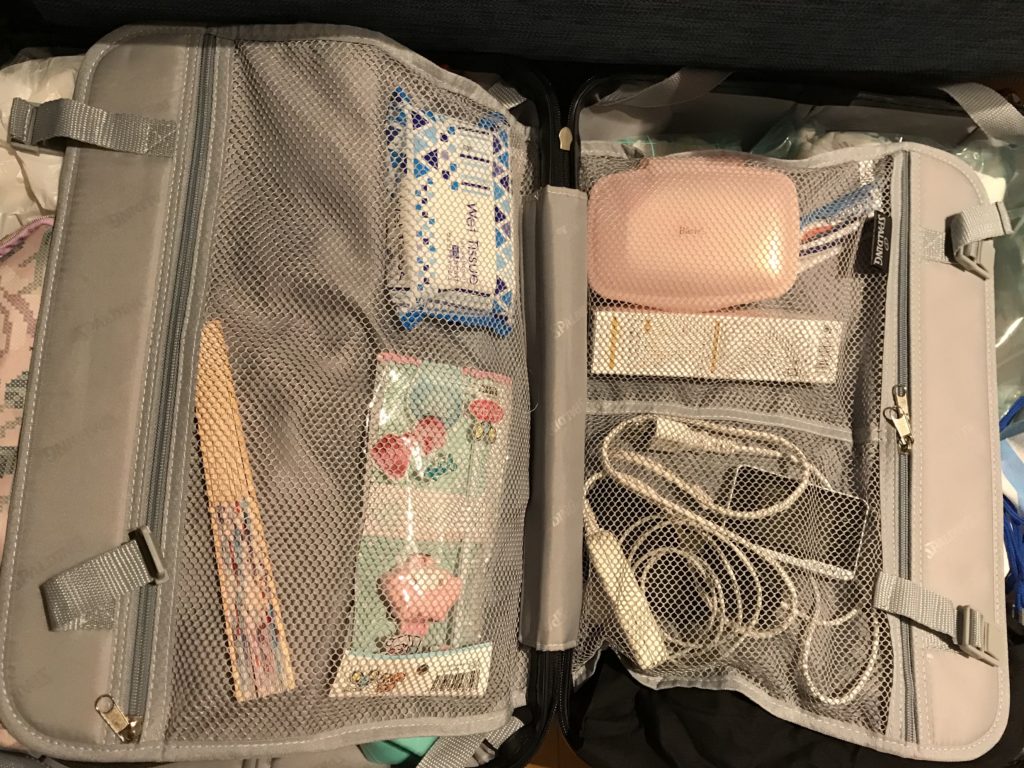
My suitcase packed and ready for my stay at the hospital, which turned out to be longer than I thought!
I hope this list will be helpful for all of you mamas-to-be out there! Please feel free to contact me if you have any questions.
If you’ve already given birth, is there something that’s not on the list above that you would recommend packing in a hospital bag? If so, drop me a comment, I’d love to hear from you!
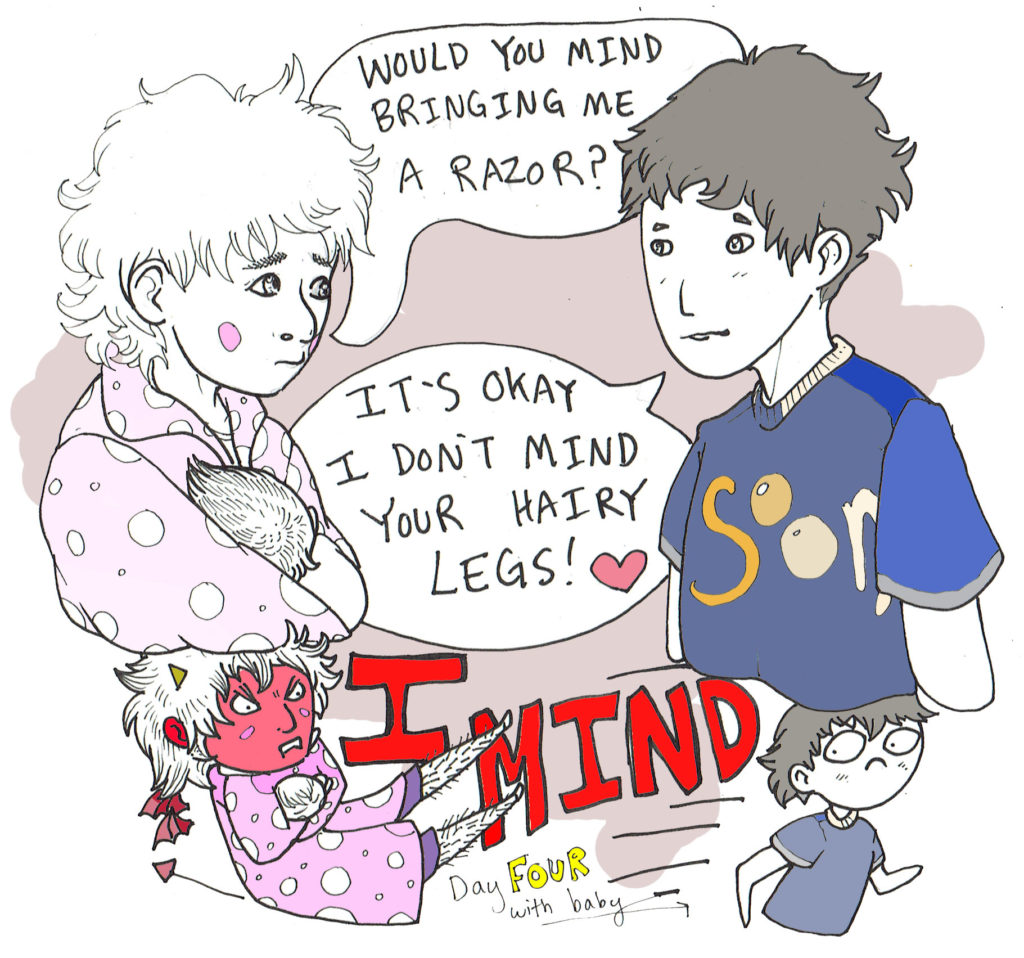 Comic courtesy of fujii.illust
Comic courtesy of fujii.illust
